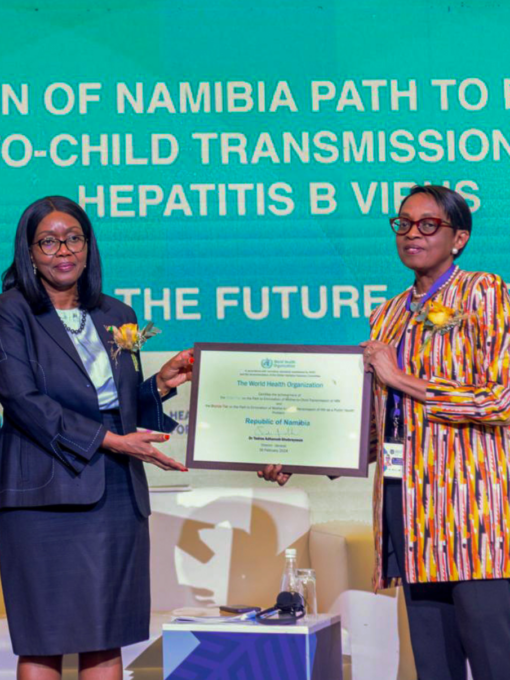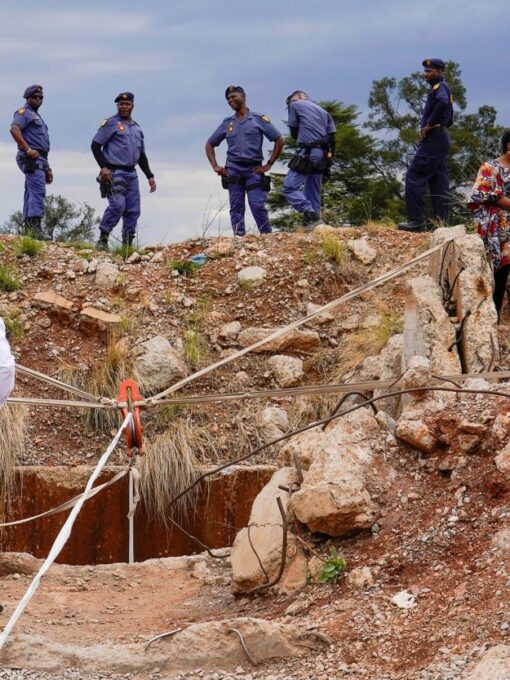There are many countries in the world that are significantly affected and highly burdened by both HIV and viral hepatitis B. In fact, according to the World Health Organization, two thirds of all new hepatitis B infections occur in Africa, and more than half of the world’s HIV crisis is concentrated in Eastern and Southern African regions. A lot of those who disproportionately contract HIV are predominately female, and have a high risk of passing it to their children during childbirth, and it is largely attributed to education.
The more medical professionals know about a mother throughout their prenatal care, allows them to understand the best course of strategy to take for the birth plan. Increasingly, HIV testing for pregnant women has been on the rise, especially throughout the country of Namibia. This has largely contributed to the avoidance of vertical transmission of HIV from a mother to their child, during childbirth. Undoubtedly, the increase in access to free-of-charge medical care, reproductive and sexual health services, as well as prenatal and child health care has helped Namibia on its journey to eliminating all vertical transmission of HIV and hepatitis B, during childbirth. These services, which the government consistently and domestically supports financially, have benefited the community so immensely that in 2022, only 4% of babies who were born to mothers who had the HIV virus, contracted HIV. In a similar manner, close to 80% of infants that were born to mothers who had hepatitis B, and who received the hepatitis B vaccine, in a timely manner, did not acquire the virus.
With these enormous efforts, the World Health Organization awarded Namibia two statuses for their progress in their Triple Elimination Initiate to “safeguard the health of mothers and children and affirm the rights of every child to be born free from the burden of [hepatitis B, HIV and syphilis].” The World Health Organization’s “silver tier” status was awarded to Namibia for its work to reduce the spread of hepatitis B to infants through childbirth, and a “bronze tier” was awarded for their work with HIV. It was noted that Namibia is on the path to elimination through all of its efforts, particularly in its commitment to follow a rigorous strategy to reduce the transmission rates of all three highlighted viruses — hepatitis B, HIV and syphilis.
To learn more about Namibia’s incredible efforts to curb and reduce the rate of transmission of these viruses, please read more on this topic on the World Health Organization’s website.





 Space Junk in Kenya Village Reopens Space Safety Matters
Space Junk in Kenya Village Reopens Space Safety Matters  The Long Wait for Justice in Kenya’s Police Violence Cases
The Long Wait for Justice in Kenya’s Police Violence Cases  Curfew and Deaths in South Sudan after Revenge Attacks
Curfew and Deaths in South Sudan after Revenge Attacks  The Human Cost of Illegal Mining in South Africa
The Human Cost of Illegal Mining in South Africa  Miraculous Survival: Eight-Year-Old Endures Five Days in Lion Territory
Miraculous Survival: Eight-Year-Old Endures Five Days in Lion Territory  TIME’s 2024 Kid Of The Year Heman Bekele: A Young Innovator with Ethiopian Roots Making Global Waves
TIME’s 2024 Kid Of The Year Heman Bekele: A Young Innovator with Ethiopian Roots Making Global Waves  Dr. Nancy Abu-Bonsrah: Johns Hopkins’ First Black Female Neurosurgeon
Dr. Nancy Abu-Bonsrah: Johns Hopkins’ First Black Female Neurosurgeon  Simone Biles Leads U.S. Women’s Team To Gold In Paris
Simone Biles Leads U.S. Women’s Team To Gold In Paris